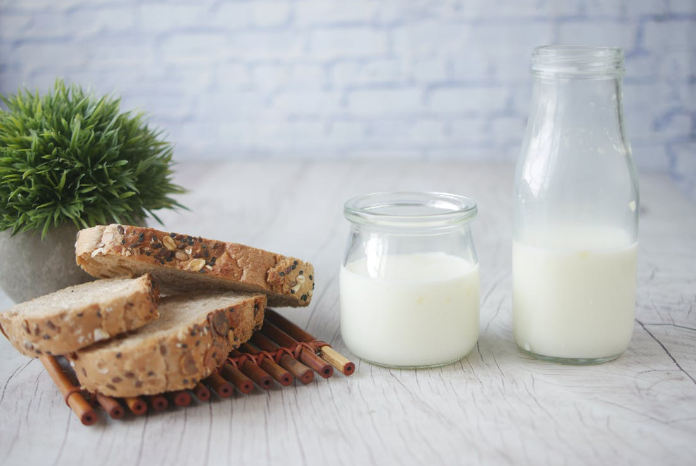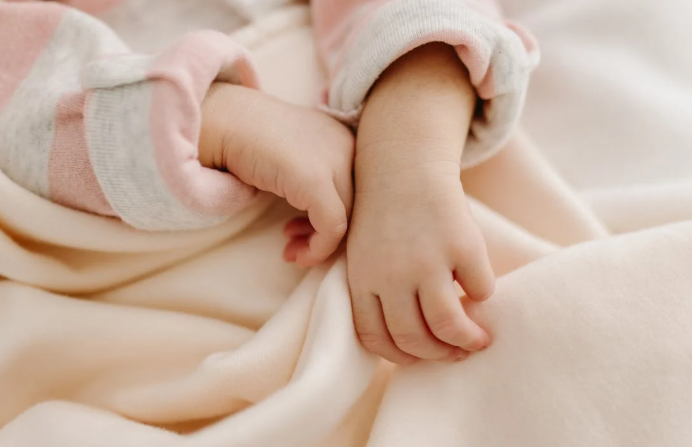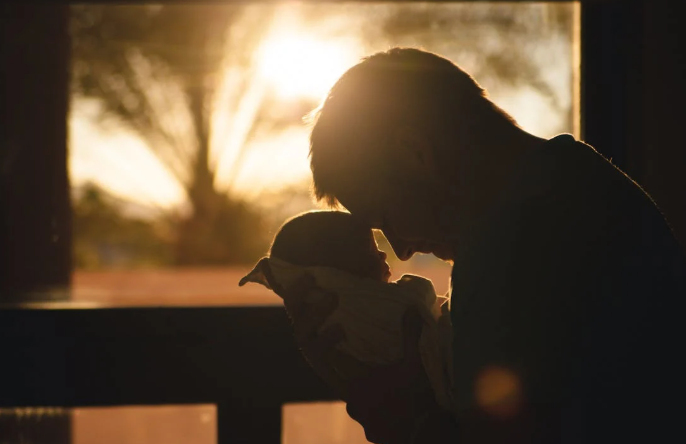When a winter storm looms, grocery store shelves quickly empty of two staples: milk and bread. This curious phenomenon, which has been observed for decades, raises the question—why these two items?
The tradition of stocking up on milk and bread dates back to at least the mid-20th century. It is rooted in practicality, cultural norms, and a touch of psychology.
A Practical Start
Milk and bread are versatile essentials found in most American households. In the mid-1900s, milk was a dietary cornerstone for families, especially those with children, and bread could be used in a variety of meals. Before widespread refrigeration and improved road-clearing technology, people would stock up on perishables like milk, which could spoil quickly, and bread, which had a relatively short shelf life.
In many areas, especially rural ones, winter storms could cut off access to stores for several days. Ensuring a supply of basic, nourishing foods was a matter of necessity.
The Power of Tradition
Over time, the practice became ingrained in public consciousness. News reports warning of winter storms often included visuals of long grocery lines and empty shelves. The repetition reinforced the idea that these items were essential during inclement weather.
A Psychological Response
Psychologists suggest that the rush to buy milk and bread is also a way to cope with anxiety about uncertainty. Stocking up provides a sense of control during an unpredictable situation.
Interestingly, modern advances like home delivery services and long-lasting alternatives haven’t stopped the trend. Many consumers still flock to stores at the first sign of snowflakes, often buying more than they need.
What About Eggs?
While milk and bread dominate the conversation, some have expanded the trifecta to include eggs, giving rise to jokes about making French toast during every snowstorm. This humorous addition underscores the cultural staying power of this peculiar shopping habit.
A Quirky Legacy
The tradition of stocking up on milk and bread before a winter storm may not always be the most logical response, but it’s a testament to how habits, history, and a little psychology shape our behavior.
So the next time snow is in the forecast, and you find yourself reaching for a loaf of bread and a gallon of milk, remember—you’re participating in a long-standing, uniquely human ritual of storm preparation.










